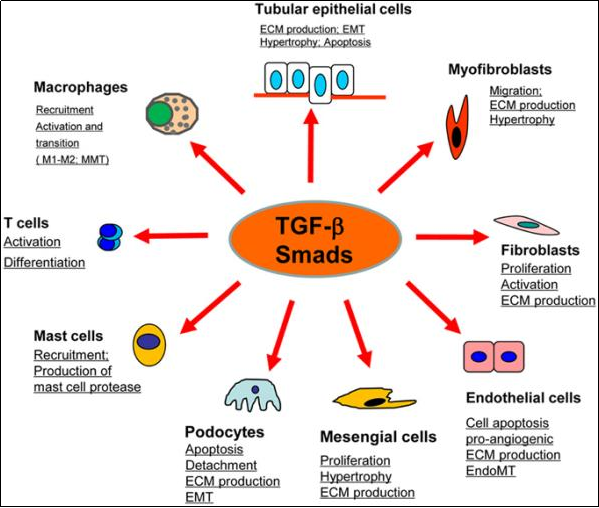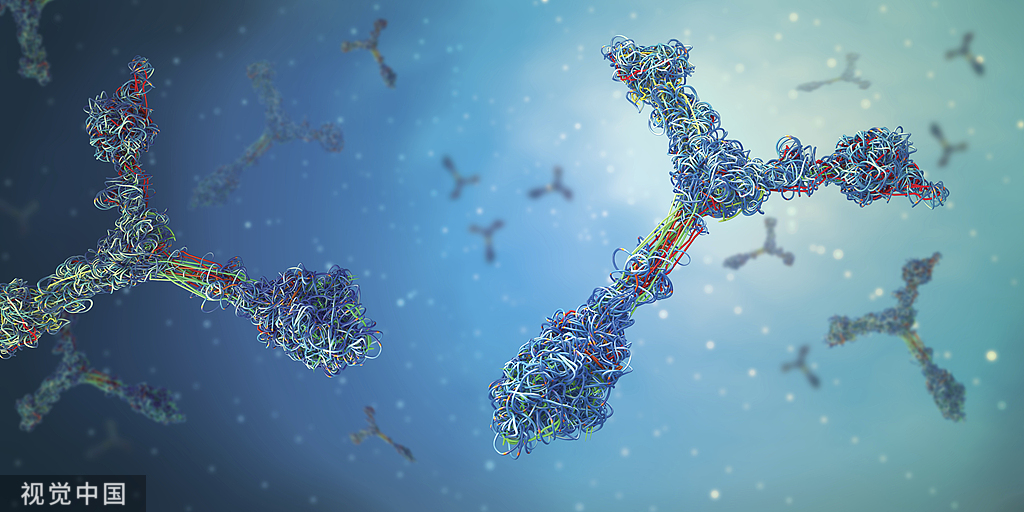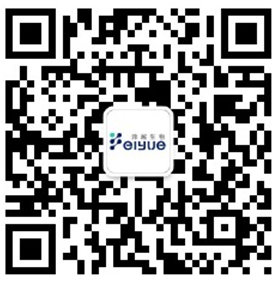Date: 2024-11-27
hits: 1545
Transforming Growth Factor - β (TGF-β) is a group of multifunctional secretory cytokines that belong to the TGF-β superfamily. It includes three different subtypes: TGF-β1, TGF-β2, and TGF-β3, among which TGF-β1 is the most abundant and active multifunctional regulatory factor within this superfamily.TGF-β plays a significant role in various physiological activities in organisms. At the cellular level, it regulates the growth and proliferation of various cells, such as inhibiting lymphocytes while promoting the proliferation of fibroblasts and the expression of extracellular matrix proteins.At the overall functional level of the organism, it is involved in embryonic development and guides organ formation; it maintains tissue homeostasis, ensuring a balance in cell quantity and function. Furthermore, it plays a critical role in immune regulation, controlling inflammatory responses, and facilitating wound healing and tissue repair, making an irreplaceable contribution to the normal physiological activities and health of the organism. (Fig. 1).

Fig. 1 TGF-β participates in various physiological activities
1.The in vivo activation mechanism of TGF-β.
Fig.2 TGF-β Protein sequence
TGF-β exists in various forms within the organism, with a significant portion present as inactive precursor proteins (Proproteins), known as latent TGF-β (latent TGF-β, L-TGF-β). This form consists of 390 amino acids, including a signal peptide (1-29) (Fig. 2).This latent form contains an inactive TGF-β precursor protein (279-390) that is non-covalently bound to a pro-domain known as the latency-associated peptide (LAP, 30-278). It may also associate with Latent TGF-β-binding proteins (LTBP), which shields the active site of TGF-β, preventing it from performing its biological functions.Under appropriate conditions, such as through the action of certain extracellular proteases, LAP can be separated from TGF-β, leading to the activation of TGF-β (Fig. 3). This results in the formation of an active dimer, which subsequently binds to its receptors (TGFBRI, TGFBRII) to exert its biological effects.
Fig.3 The activation process of TGF-β1 in the body(CELL. https://doi.org/10.1016/j.cell.2019.12.030)
2.Why is activation of TGF-β1 necessary for in vitro detection?
TGF-β1 is widely expressed in various tissues (Fig. 4), but the active form is the one that exerts its effects. Therefore, activation of TGF-β1 is required for in vitro detection (by altering ionic strength, acidification, or proteolytic hydrolysis to remove N-terminal amino acid residues, allowing the remaining carboxy-terminal portion to form active TGF-β1). If samples (such as serum, plasma, or cell supernatants) are not pre-activated, much of the detected TGF-β1 may be in its inactive latent form, which does not accurately represent its actual involvement in cellular regulation, signal transduction, and other physiological functions.Many detection methods (such as ELISA) are based on the binding reaction between TGF-β1 and specific antibodies, which are often designed to target the active epitopes of TGF-β1. If TGF-β1 is not pre-activated, the inactive form may have its active epitopes hidden, preventing normal binding with antibodies and leading to false-negative results. For example, in a double-antibody sandwich ELISA for TGF-β1, if the TGF-β1 in the sample is not activated, its key antigenic determinants may be covered by LAP, making it unrecognizable to the detection antibodies, ultimately resulting in an underestimation of the actual TGF-β1 content.
Fig.4 TGF-β1 is widely expressed in the organism.
(Nature Communications https://doi.org/10.1038/s41467-024-49596-0)
However, in general, additional activation treatment is not required for tissue sample detection. This is because TGF-β1 may have already been activated during the tissue processing, as physical or chemical factors involved in steps such as tissue homogenization and protein extraction may promote its activation. Additionally, the research objectives sometimes focus on the total content of TGF-β1 in the tissue, including both active and inactive forms. Furthermore, the acidic environment in vivo (such as near fractures and healing wounds) and proteolytic actions can convert TGF-β1 complexes into active TGF-β1. Typically, tissues with active cell differentiation, such as osteoblasts, kidneys, and bone marrow, contain higher levels of activated TGF-β1.
3.Why can some manufacturers' TGF-β1 ELISA kits be used universally?
The protein sequence of TGF-β1 exhibits a high degree of homology across different species. The protein sequence of its active form (279-390) is almost identical among all common species, and the corresponding antigenic epitopes are also very similar. Therefore, the ELISA kits for TGF-β1 are applicable to all species.
Fig.5 Homology of TGF-β1 among different species (Data source: UniProt)
Sample Activation Methods:
- Serum and Plasma: Add 40 μL of the sample to 280 μL of the standard and sample diluent, mix well, then add 40 μL of 1M HCl and incubate at room temperature for 10 minutes. After that, add 40 μL of 1M NaOH, mix well, and immediately proceed with detection.
Note: The sample has been diluted 10 times!
- Cell Culture Supernatant: Add 100 μL of the sample to 20 μL of the standard and sample diluent, mix well, then add 40 μL of 1M HCl and incubate at room temperature for 10 minutes. After that, add 40 μL of 1M NaOH, mix well, and immediately proceed with detection.
Note: The sample has been diluted 2 times!
Feiyue Biotech Related products:
FY-EU1013 TGF-β1(Transforming Growth Factor Beta 1) ELISA Kit
https://www.feiyuebio.com/index/e41/220322.html
FY-EH3110 Human TGFβI(Transforming Growth Factor Beta Induced Protein) ELISA Kit
https://www.feiyuebio.com/index/e8/216811.html
FY-EM3111 Mouse TGFβI(Transforming Growth Factor Beta Induced) ELISA Kit
https://www.feiyuebio.com/index/e9/219583.html
FY-EH4291 Human TGFBR1(TGF-beta receptor type 1) ELISA Kit
https://www.feiyuebio.com/index/e8/217527.html
FY-EH4316 Human TGFBR2(TGF-beta receptor type 2) ELISA Kit
https://www.feiyuebio.com/index/e8/217544.html
FY-EH5075 Human TGF-β2(Transforming Growth Factor Beta 2) ELISA Kit
https://www.feiyuebio.com/index/e8/217862.html
FY-EM5076 Mouse TGF-β2(Transforming Growth Factor Beta 2) ELISA Kit
https://www.feiyuebio.com/index/e9/220020.html
FY-ER5077 Rat TGF-β2(Transforming Growth Factor Beta 2) ELISA Kit
https://www.feiyuebio.com/index/e10/218874.html
FY-EH5632 Human TGF-β3(Transforming Growth Factor Beta 3) ELISA Kit
https://www.feiyuebio.com/index/e8/217998.html
FY-EM5633 Mouse TGF-β3(Transforming Growth Factor Beta 3) ELISA Kit
https://www.feiyuebio.com/index/e9/220272.html






